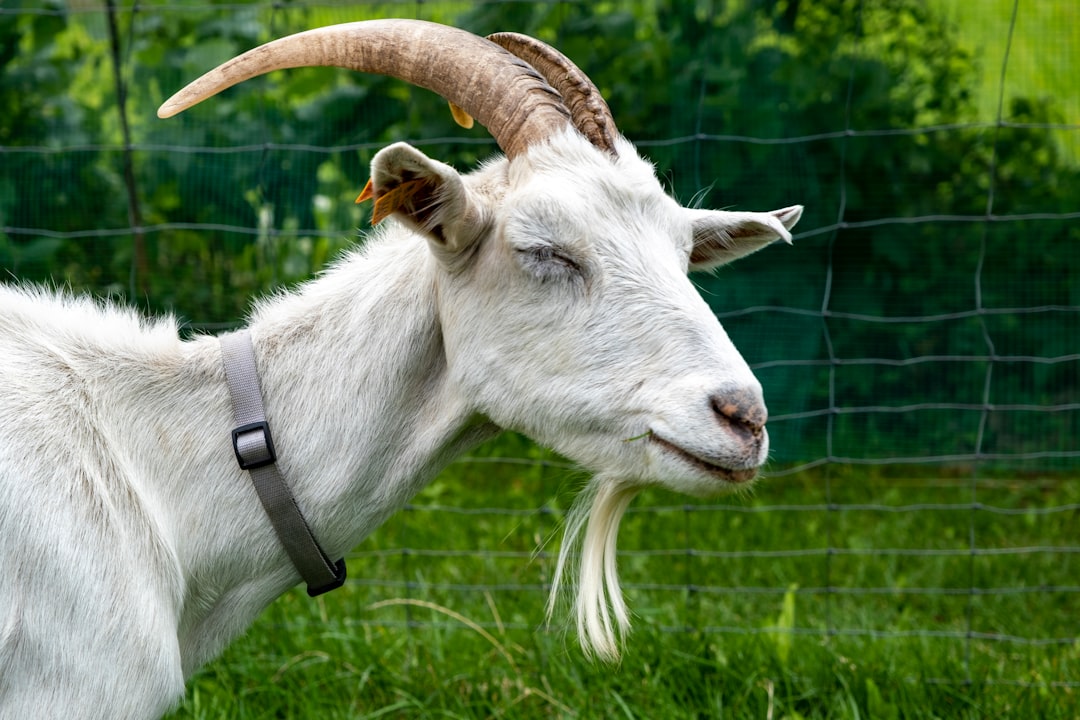Animal welfare is a critical aspect of modern agriculture, with housing systems playing a pivotal role in ensuring the health and well-being of livestock. Housing systems vary widely, from indoor facilities to outdoor pastures, each with its advantages and challenges. This post explores global perspectives and best practices for improving animal welfare across different housing systems, focusing on indoor vs. outdoor housing, stocking densities, and other key factors.
Indoor vs. Outdoor Housing Systems
Indoor Housing
Indoor housing systems provide controlled environments that protect animals from extreme weather conditions and predators. However, they often require more resources for heating, cooling, and ventilation. Indoor systems can be optimized by ensuring adequate space, ventilation, and environmental enrichment to reduce stress and promote natural behaviors.
-
Advantages: Better climate control, reduced risk of disease transmission from wildlife, and easier monitoring of animal health.
-
Challenges: Higher costs, potential for reduced natural behavior expression, and increased risk of respiratory issues if ventilation is poor.
Outdoor Housing
Outdoor systems allow animals to express natural behaviors and benefit from sunlight and fresh air. However, they expose animals to environmental challenges such as weather extremes and potential health risks from parasites.
-
Advantages: Promotes natural behavior, reduces housing costs, and can enhance mental well-being.
-
Challenges: Requires adequate shelter and protection from weather, potential for increased disease transmission, and may involve more labor for management.
Stocking Densities and Animal Welfare
Stocking density is a critical factor in animal welfare, as it affects the availability of space, resources, and social interactions. Higher stocking densities can lead to increased stress, health issues, and behavioral problems.
-
Broiler Chickens: Studies have shown that higher stocking densities result in increased mortality, leg problems, and reduced welfare indicators like resting behavior and ground pecking.
-
Sheep: In live export, reduced space allowance and restricted trough space can exacerbate stress and negatively impact welfare, as indicated by physiological and behavioral assessments.
Best Practices for Improving Animal Welfare
-
Environmental Enrichment: Providing enrichment activities and structures can enhance animal welfare by stimulating natural behaviors and reducing stress. For example, outdoor pigs exhibit more exploratory behavior and less aggressive behavior when housed in complex environments.
-
Space Allocation: Ensuring adequate space per animal is crucial. For beef cattle, straw flooring is favored for its benefits in hygiene and animal comfort.
-
Health Monitoring: Regular health checks and early disease detection are essential for maintaining high welfare standards. This includes monitoring for signs of stress or illness and implementing prompt interventions.
-
Social Considerations: Housing animals in groups that respect their social structures can improve welfare. For horses, group housing is preferred for its benefits to mental well-being, though it requires careful management to avoid conflicts.
Global Perspectives
-
Europe: The EU has implemented regulations on stocking densities for broilers to protect animal welfare, emphasizing the importance of quantifiable welfare parameters6.
-
Australia and New Zealand: These countries have focused on holistic approaches to animal welfare, considering factors beyond just stocking density to ensure comprehensive care.
Conclusion
Improving animal welfare in different housing systems requires a nuanced understanding of the benefits and challenges associated with indoor and outdoor environments, as well as careful management of stocking densities. By adopting best practices such as environmental enrichment, adequate space allocation, and social considerations, farmers can enhance animal welfare while maintaining productive and sustainable agricultural systems. As global perspectives continue to evolve, integrating these practices will be essential for ensuring high standards of animal care across diverse housing systems.
Future Directions
Looking ahead, advancements in technology and policy will play a significant role in enhancing animal welfare. For instance, precision livestock farming technologies can monitor animal health in real-time, allowing for early intervention and improved welfare outcomes. Additionally, ongoing research into optimal stocking densities and housing designs will continue to refine best practices, ensuring that animal welfare remains a priority in modern agriculture.
Citations:
- https://sjar.revistas.csic.es/index.php/sjar/article/view/15287
- https://ker.com/equinews/inside-or-out-exploring-standard-of-care-for-horse-housing/
- https://www.cambridge.org/core/journals/animal-welfare/article/effect-of-stocking-density-on-the-welfare-and-behaviour-of-broiler-chickens-reared-commercially/6436CBE090E216E63C296DD9F957E102
- https://journal.fi/afs/article/download/65429/31054/89247
- https://www.homeopet.com/indoor-or-outdoor-living-for-dogs/
- https://www.frontiersin.org/journals/veterinary-science/articles/10.3389/fvets.2023.1335667/full
- https://pmc.ncbi.nlm.nih.gov/articles/PMC7222360/
- https://animalwelfarescienceessays.sydney.edu.au/wp-content/uploads/2019/02/PhillipsKaren.pdf
- https://www.frontiersin.org/journals/veterinary-science/articles/10.3389/fvets.2022.965635/full

Comments
No comments yet. Be the first to comment!
You must be logged in to comment. Login